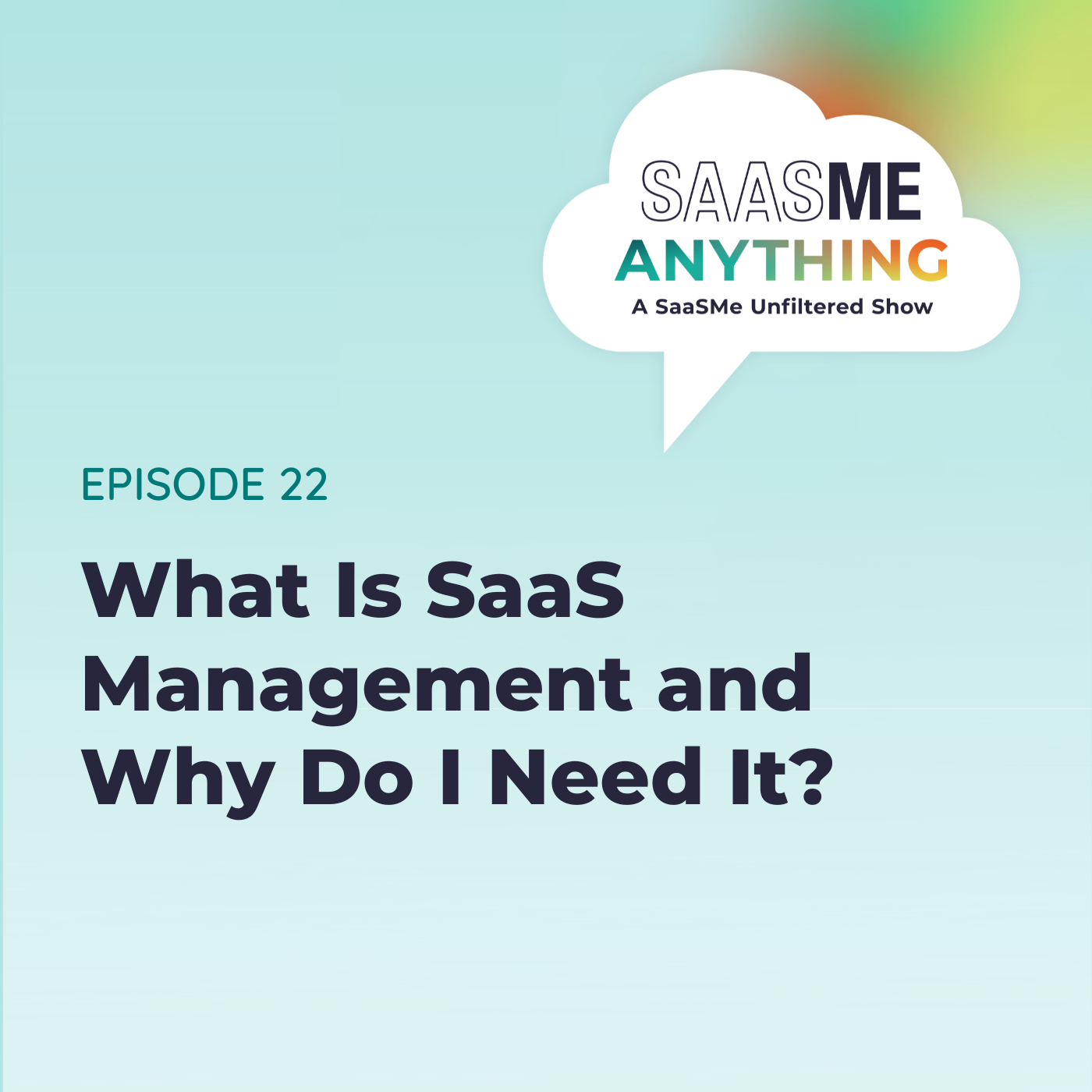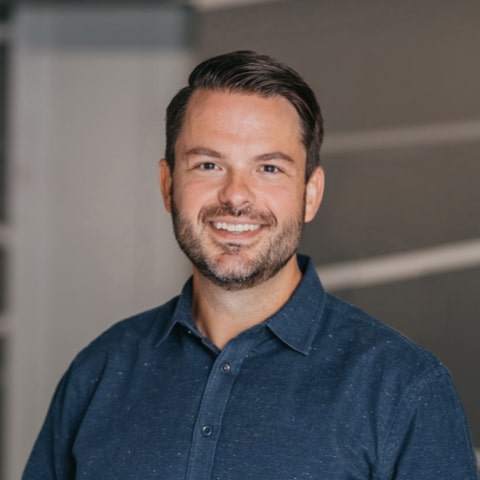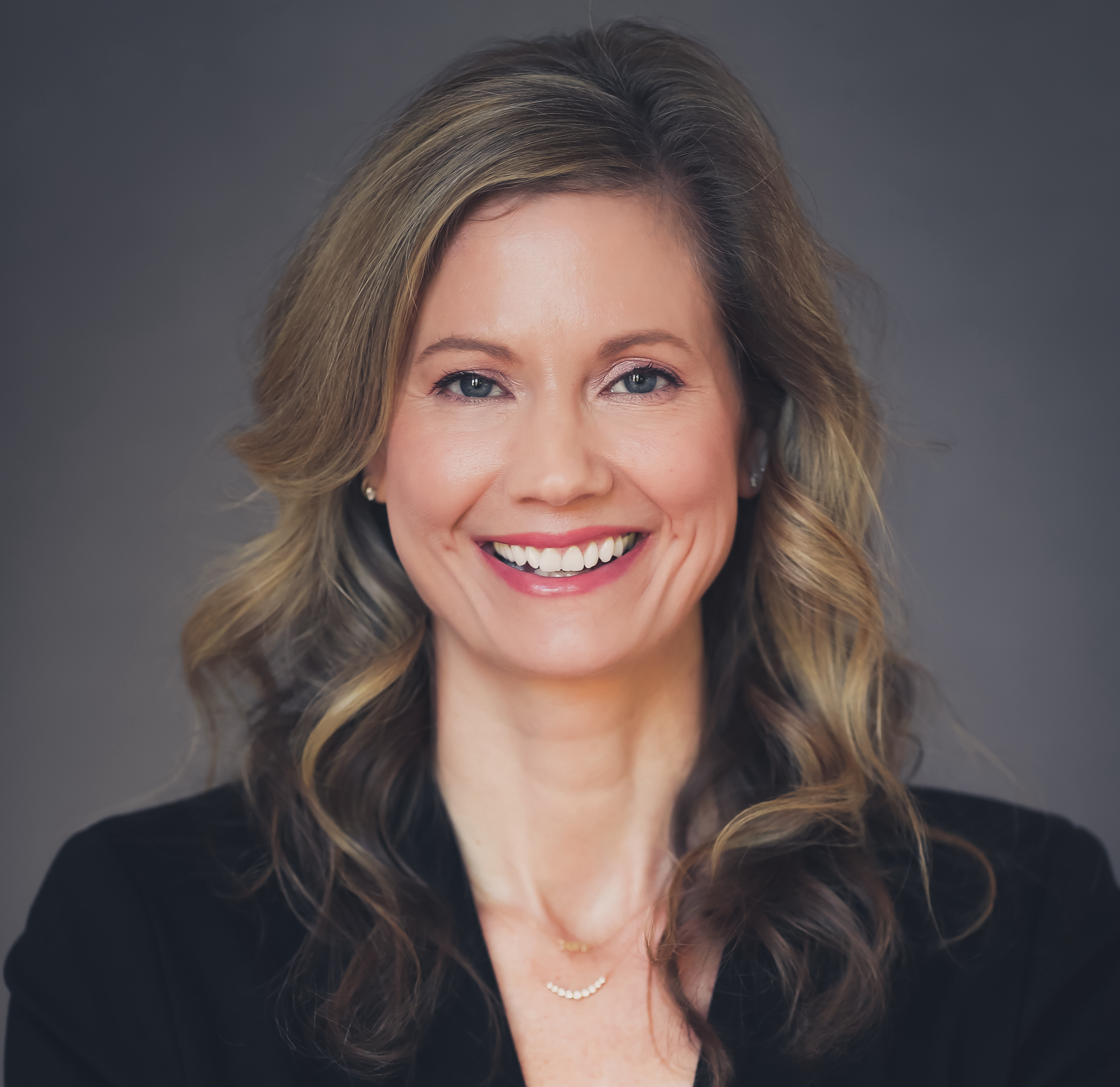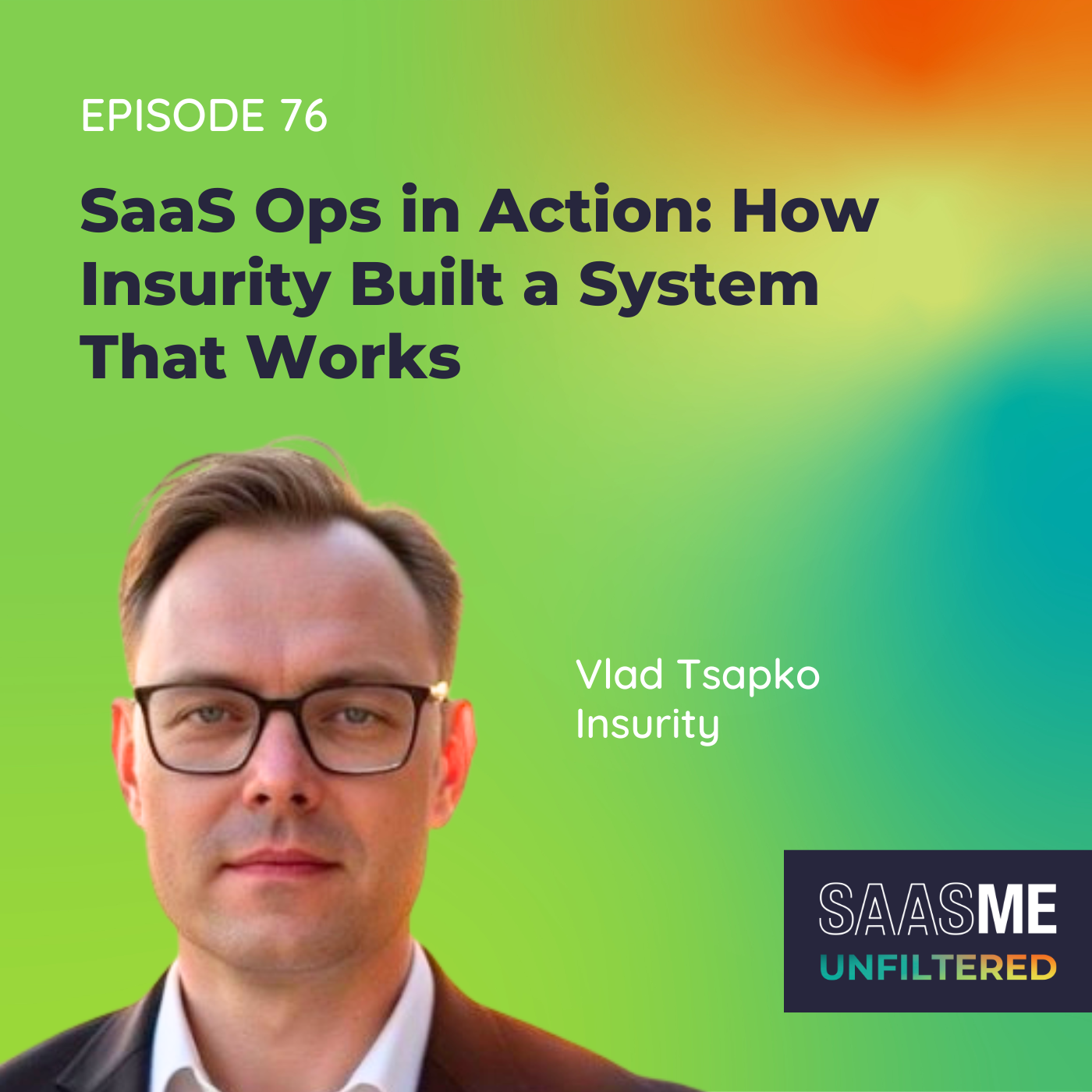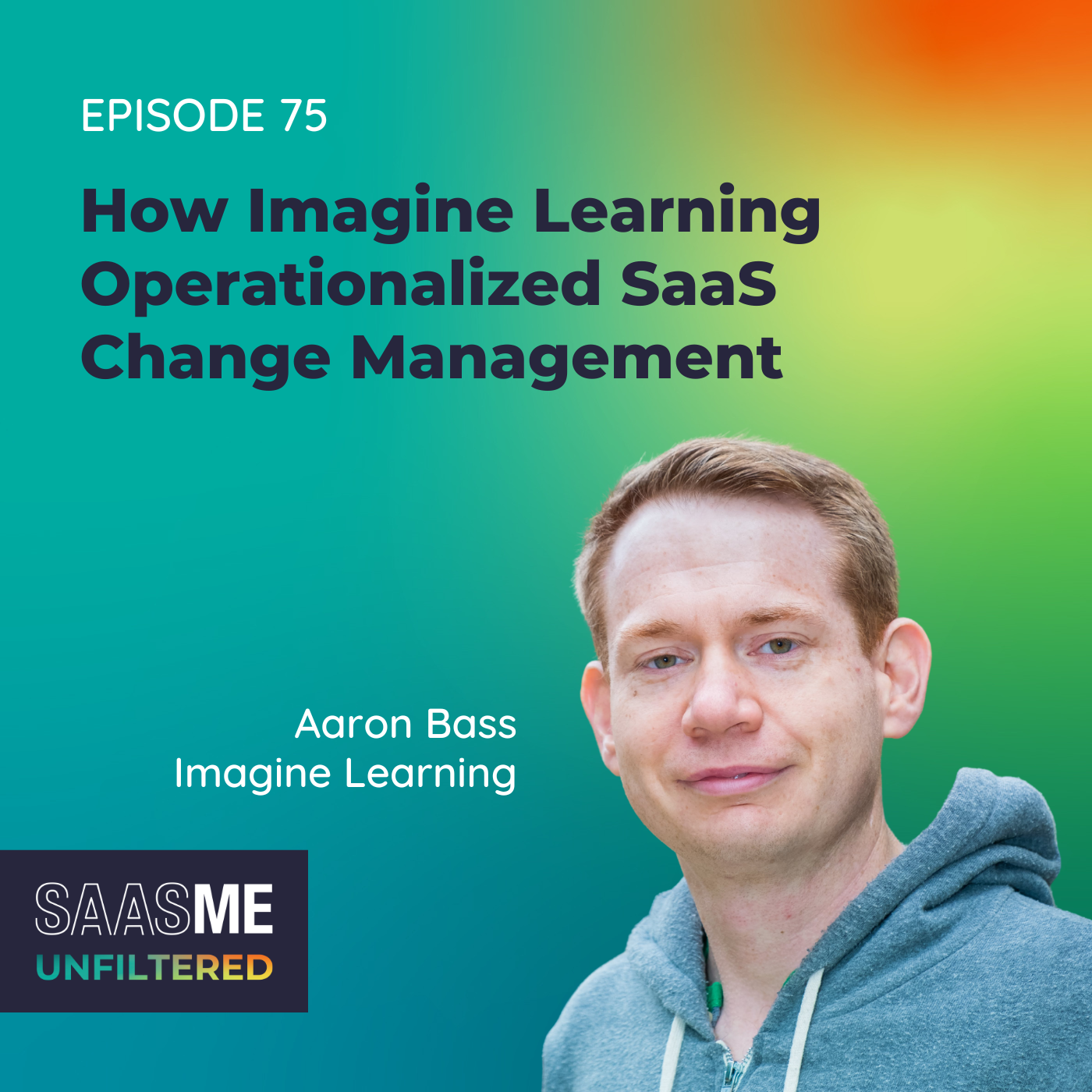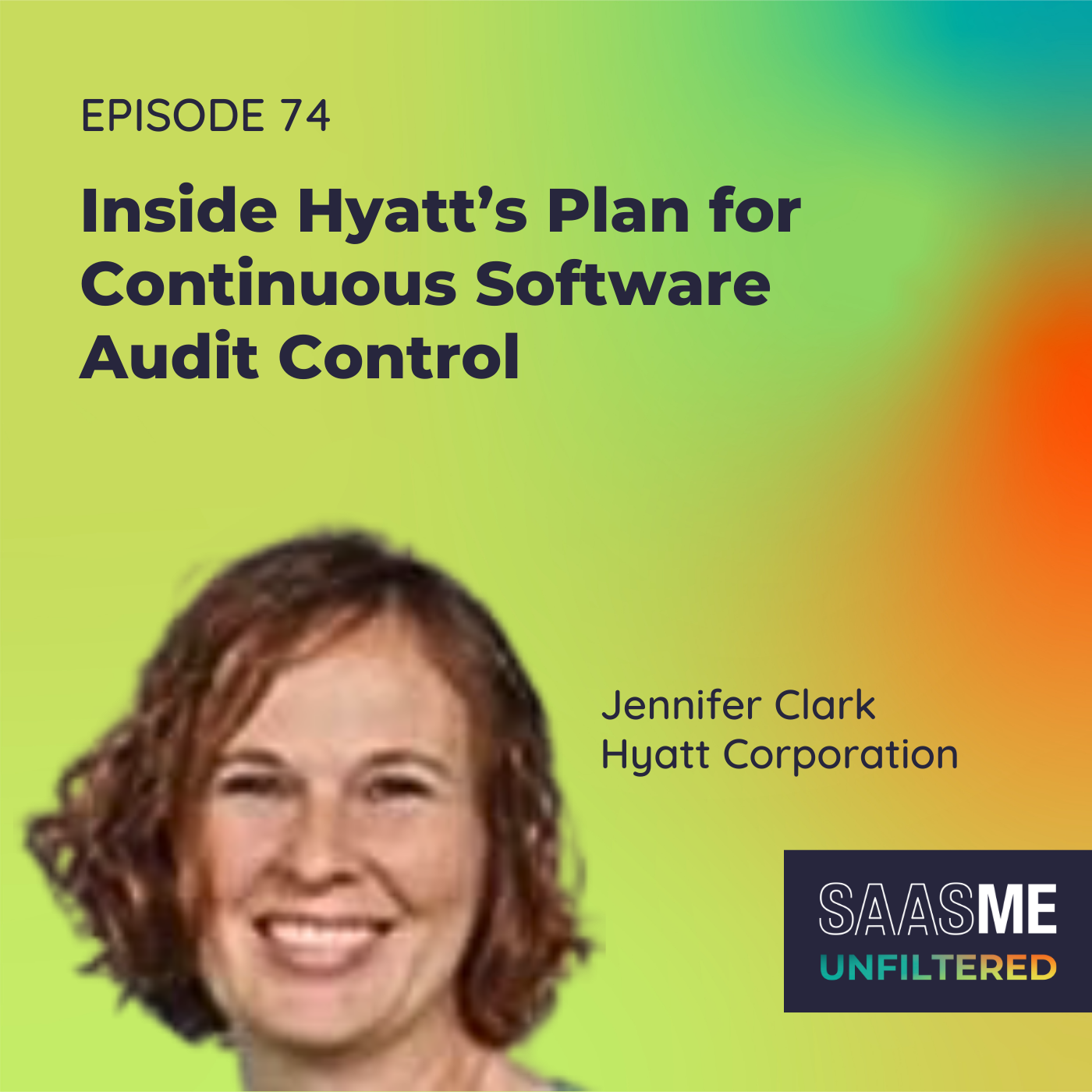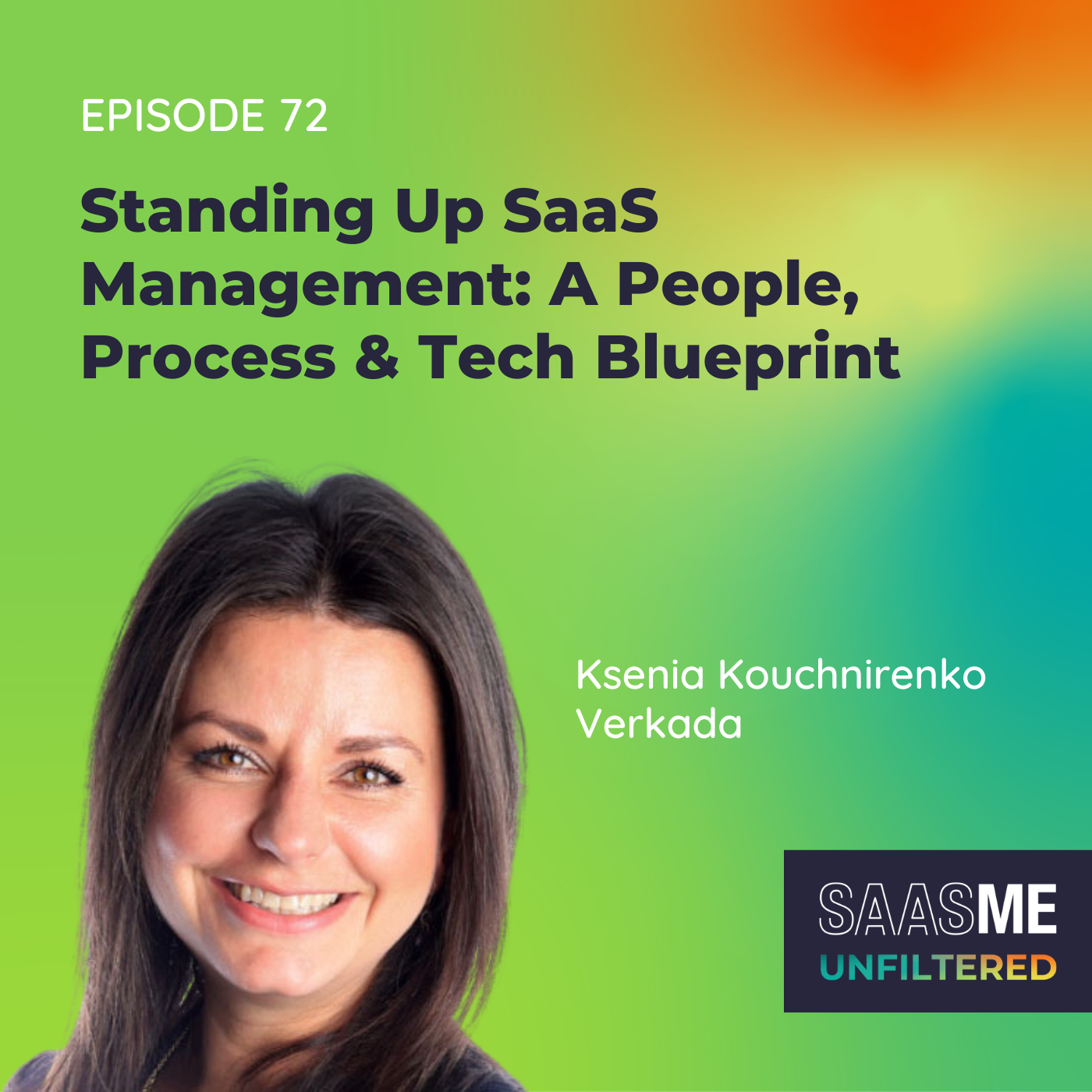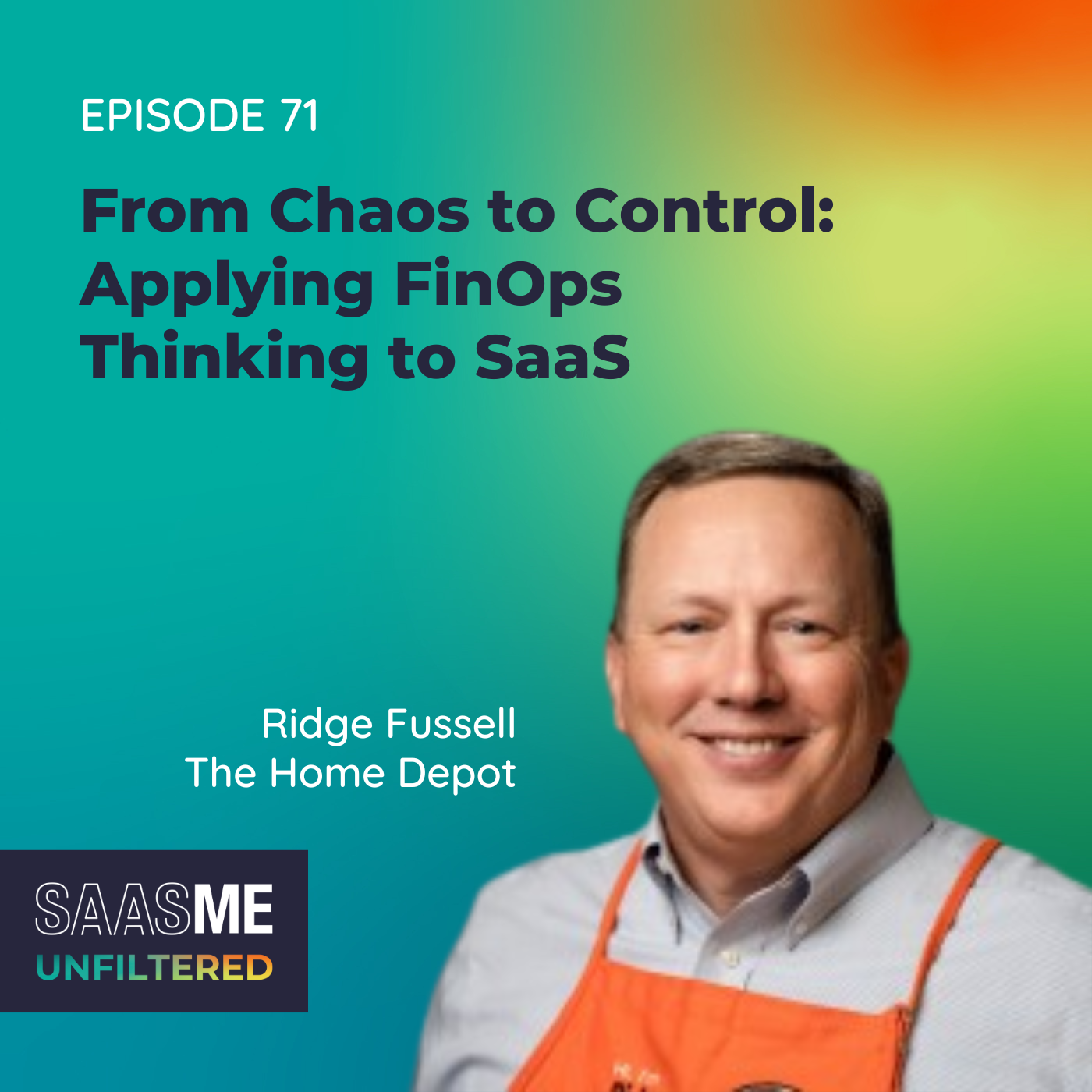What Is Saas Management and Why Do I Need It?
- 0.5
- 1
- 1.25
- 1.5
- 1.75
- 2
Ben Pippenger: Do you ever wonder, " Why is SaaS so hard to manage? What can I do about it? How can I save money on SaaS? Is product bundling a thing?" You likely have a ton of questions about SaaS management, but frankly, there aren't a lot of answers out there. I'm Ben Pippenger, your resident SaaS expert, and this is SaaS Me Anything, the show that brings clarity to the chaos of SaaS. Hello, everyone. Welcome to SaaS Me Anything. I am so excited to be here today kicking off our first episode of the new podcast, to really just help people understand what's going on with SaaS, what's going on with SaaS management, and potentially answer some of your burning questions that are out there. So let's jump into episode number one. I want to start today's episode with just a question as we're sort of laying the groundwork here for, and that's just how many applications have you already used today? So thinking about your own personal lives, the number of apps that are involved in managing your own life, let's just first consider your morning routine. Maybe you hopped up out of bed this morning with the alarm clock on your iPhone, and then you jumped into an exercise using your favorite workout app or your favorite workout service, and then you wrap that up and you're getting ready for work and you check the weather on your Google Home, and then realized you needed some energy there, so you ordered your Starbucks for pickup. And on the way you listened to a podcast on Spotify on your way to work. That's 4, 5, 6 different apps, and you're not even sitting at your desk yet. Now think about that in the context of work. Think about the apps that you use to get your jobs done, from checking email to looking at your Slack application, or maybe Teams, using Asana or Trello or an app like that to get your work done. You just think about all those different applications that you're in and out of all day to just do your job. You can pretty quickly run out of the number of fingers and toes to count all these applications on. So you look at that, and now think about that in context of your entire organization, of all the employees that are out there, using these different applications that are provided to them by your employer, or maybe that they're out using on their own. You could probably pretty quickly understand how this can get out of control pretty quickly for lots of different types and sizes of organizations. So that's really, when we think about SaaS management, this is the challenge and the opportunity that we set out to solve when we started Zylo back in 2016 and really defined what it means to be a SaaS management platform.
Ben Pippenger: So let's just level set here on our first episode, and that's going to really be around, well, what is SaaS? I think a lot of us out there probably live and breathe it every day, but there's a lot of people out there that still don't really understand the full concept of it. So first off, you may have heard of it before as software as a service. In sort of simpler terms, it's cloud- based software that's licensed by a subscription. So anyone can purchase it. Typically, you just go onto a SaaS provider's website, you can get access to it. A lot of applications, you can just click through standard terms and conditions and swipe a credit card, or maybe even sign up for a free trial, and start to use those applications. Now it's different than sort of legacy, traditional software, which you may have heard called on- premise before, on- premise software. SaaS is hosted in the cloud, it's hosted on someone else's data center. With on- premise software, you typically got the software, you installed it into your own data center onto servers that you owned and maintained. And then you had to make sure you were patching those applications in that software and keeping up to date. With SaaS, none of that exists. You're essentially leasing or renting that software from the provider on their hosted environment. So SaaS management then is the way that businesses discover, optimize and govern their portfolio of all of these SaaS applications that they're using. You may have heard it called different terms. Maybe you've heard it called application portfolio management, or maybe software asset management, SaaS operations management, SaaS spend management, lots of different ways that people can think about or call this particular category.
Ben Pippenger: So why is it important? So why is SaaS management important? Why is SaaS around? Software management has been around really as long as software has existed. When it comes to SaaS though, it's a similar concept, but the very nature of SaaS requires your approach to managing it to be different. Traditional software, some of the on- premise software that we mentioned earlier, and the management of those applications was really around to avoid risk. So software asset management was really created to help organizations not get audited by big software firms. When they come in and check on the licensing position of how that application or that software's being used, you would use your software asset management tool to show sort of the allocation of licenses and how they're being used. With SaaS, it's definitely different. There's some risk involved there, but really the bigger value point around SaaS management is around understanding what you're buying, understanding what you're spending, and understanding what full landscape of applications are that are out there that are being used by your employee base. In fact, we're seeing SaaS spend growing about 20% year-over-year, and that's continuing into the future. So really thinking about how you stop that growth and get your arms around it is an important thing when you're considering SaaS management. You need a SaaS management practice as well as a SaaS management platform and tool to make this happen.
Ben Pippenger: So let's double- click into that for a second and just talk a little bit about what SaaS management really is. A SaaS management practice is founded on four key value pillars. Number one is ongoing and continual discovery. Number two is license optimization. Number three is cost savings and cost avoidance. And the fourth pillar is around governance and risk mitigation. So let's go through each of those.
Ben Pippenger: Ongoing and continual discovery, what does that mean? Well, that means giving enterprises the ability to understand all of the different software that's out there, what's being purchased, what's being used, and creating a centralized source of truth for all of those apps. So you know what you have, you know how much you're spending on each of those applications. You understand what your upcoming renewal schedule looks like, you understand who the application owners are, and really just creating that central place to go to find and understand all the software across your business. The other thing that's important to note here is that a unique element of SaaS is that people are constantly buying applications. Applications are constantly being sunsetted or retired. And so it's really important to really put a system in place that allows you to constantly monitor and surface changes in that application portfolio.
Ben Pippenger: Second pillar then is the license optimization. Licenses oftentimes are wasted within organizations. You're buying too many, they're not getting provisioned. Those that do get provisioned don't get used. So it's really important to understand what that looks like in order to drive productivity, as well as maximize your investment in your applications. Ask questions like, " How well are these tools being adopted? Are we using all of the licenses that we intended to use, or are we letting them go to waste?" Once you understand that, you then take action on these opportunities by deprovisioning or downgrading unused or underutilized applications, so getting those licenses back so you can not be in a situation where you need to buy more if you need more licenses.
Ben Pippenger: Third value pillar then is around cost savings and avoidance. And there's a couple of different elements to this one. Number one, when you have that centralized system of truth and you have all your data located in one place, you then can use tools like a benchmarking tool in order to optimize your cost at renewal. So really understanding, " What am I paying for this license, for this application? Am I getting the right price? Am I paying too much? Am I paying just right? Am I getting a good deal?" It's really hard information to understand and to know when you think about the number of applications that you're trying to work with. And then the other really important part and piece of the life cycle around an application is the renewal. The renewal is the moment in time when you can really realize actual cost savings from an application. So at that renewal you can look at things like, " Do we have shadow IT around this application, or maybe we've got other applications that do the same thing or similar capabilities, or potentially maybe we've got another... This application's being bought multiple times within our organization," and there's an opportunity to centralize and really use your purchasing power to get a better deal with that particular vendor. So the renewal is a really important part of the overall lifecycle, and drives that number three value pillar around cost savings and avoidance.
Ben Pippenger: And then lastly is all around governance and risk mitigation. So I mentioned shadow IT earlier, and I'm sure we'll talk more about that in a future episode. But with shadow IT, what the challenge is that you just don't know what people are buying, you don't know what they're using. And there's inherent risk in that. As soon as someone's using an application, they're putting data in that application and potentially exposing your company to risk. So with this pillar and with a SaaS management system, you're able to identify those opportunities around shadow IT, you're able to mitigate those risks. You're able to put budgeting and forecasting in place in order to make sure you're staying within any safeguards around your budget from a spend perspective. And then you're able to also provide your end users with the ability to understand what applications are out there for them, what applications have been approved for corporate use, in order to help streamline that process and make sure they're not out buying stuff against your corporate controls or policies.
Ben Pippenger: So really the bottom line here is when we think about SaaS, when we think about SaaS management, SaaS management is the way that businesses discover, optimize and govern their portfolio of SaaS applications. And the four key pillars, the four key things that you need to do in order to make that successful is, number one, have full, complete and ongoing visibility to your full application portfolio. Next, be in a position where you're always optimizing your user licensing. Third, be ready and operationalize your renewal process in order to save money. And then lastly, putting governance programs in place to remove potential risk.
Ben Pippenger: Do you have questions about SaaS and how to manage it? Submit your questions at the link in the show notes. And tune in next time for more answers from your trusted source of SaaS management insights and trends. Go ahead, SaaSMe Anything.
DESCRIPTION
SaaS portfolios today are rife with waste and risk – from shelfware and redundancy to financial, legal, and security concerns. What can you do about it? While you need to wrap your arms around it, software management practices that worked before just won’t cut it for SaaS. Enter SaaS management. In this inaugural episode of SaaSMe Anything, we break down the ins and outs of SaaS management and why it’s mission critical to your business.
Have a question you’d like answered on SaaSMe Anything? Submit yours here.
Key Takeaways:
- [01:04 - 02:39] How many applications have you already used today?
- [04:14 - 05:33] Why is SaaS management important?
- [05:26 - 05:58] Four Pillars of SaaS Management
- [09:56 - 10:44] The bottom line is SaaS management is how businesses discover, optimize, and govern applications
SaaSMe Anything is the bi-weekly podcast that brings clarity to the chaos of SaaS, hosted by your resident SaaS expert and Zylo co-founder Ben Pippenger. Connect with Ben on LinkedIn here.

